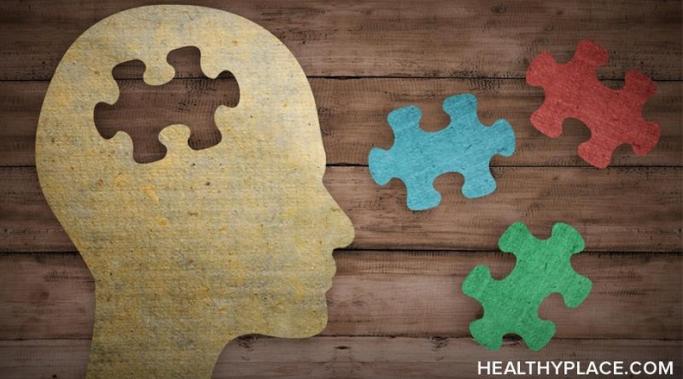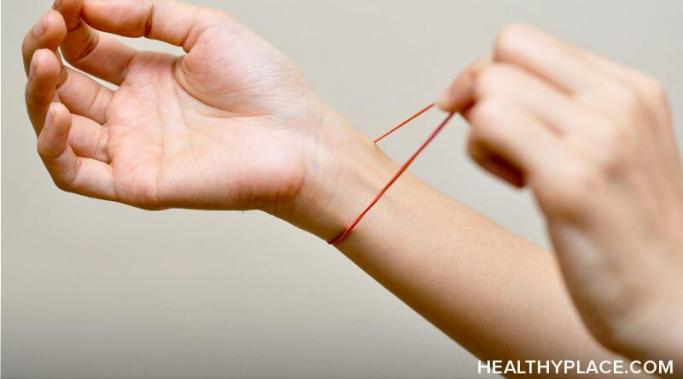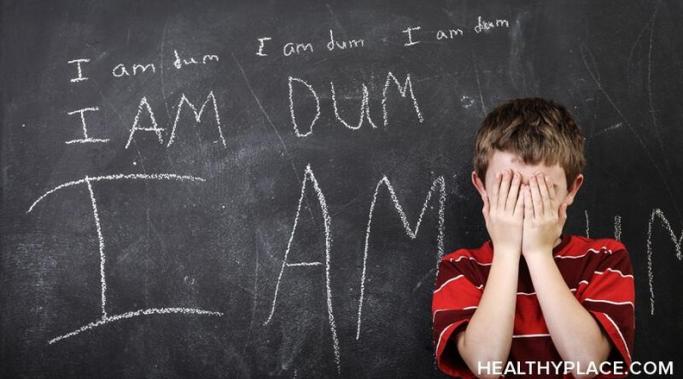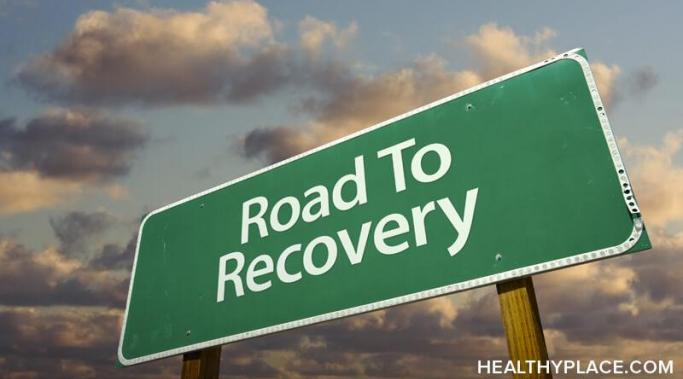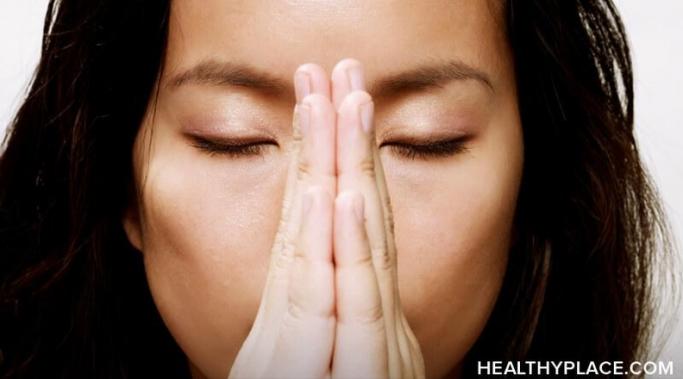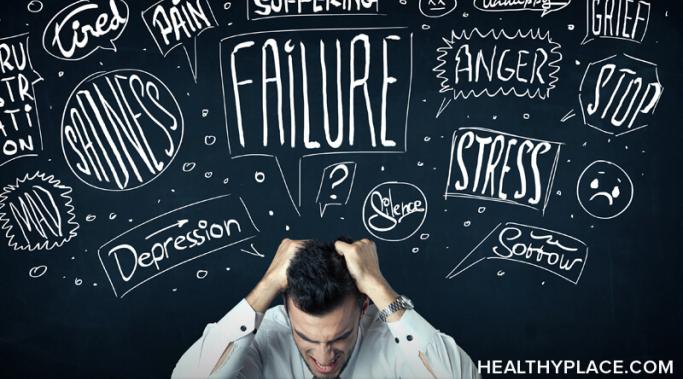Finding the right self-harm psychology tools is vital for creating a sustainable path forward into long-term recovery. Today, I want to share a few of the tools that I've personally found particularly useful over the years.
Speaking Out About Self Injury
Music can be an excellent tool to regulate and process difficult emotions. It can also serve as a self-harm distraction and a temporary escape into a world of sounds and rhythm. Research also suggests that music can help you develop greater self-awareness, which is essential for long-term self-harm management.
Self-harm causes are hard to define. After all, each person is unique, and so is their emotional pain. However, the way we cope with difficult situations as adults often corresponds to our childhood experiences. Learning about the so-called early maladaptive schemas could help us address some of the unresolved issues that drive us toward self-injury.
It's easy to write off jewelry—of any kind—as a frivolous fashion statement, pretty but shallow. In the case of self-harm recovery jewelry, however, the meaning runs much deeper than that.
When we speak of self-injury, most people associate the term with inflicting physical wounds on oneself. However, self-harm goes beyond the surface of our skins, and it's more common than we might realize. Whenever we engage in negative self-talk or unconsciously set ourselves up for failure, these are signs of psychological self-harm. Here's how to recognize it.
It can be hard to imagine what self-harm recovery will look like in the long term when you're only just beginning your healing journey. I can't tell you exactly where your self-injury recovery path will lead you—but I can tell you what mine has looked like over the past decade.
Practicing gratitude may not seem like an effective tool for preventing self-harm. Indeed, when you’re in distress, feeling thankful for seemingly trivial things can feel nearly impossible or even aggravating to your self-harm thoughts. However, research shows that expressing gratitude regularly can rewire our brains and improve mental health. It can also serve as a protective factor for suicidal ideation and self-injury.
Today is my birthday. I usually travel somewhere and pretend the day doesn't exist. However, this year I'm in lockdown, so I have to face the fact that I got a year older. I decided to practice gratitude and celebrate all the little achievements that made me who I am today. For instance, I feel grateful that I can write for HealthyPlace as it helps me (and, hopefully, my readers) stop self-harm.
It can be frustrating, even frightening, to feel as if your thoughts are not entirely your own—to suddenly have a distressing idea or an image flash through your mind against your will. But what is the connection between self-harm and intrusive thoughts, and how can you break the vicious cycle they create?
Self-injury can affect anyone, regardless of age, ethnicity, or gender. However, recent studies suggest that female self-harm is soaring for reasons that include poverty, sexual abuse, cyberbullying, and unrealistic beauty standards. This International Women's Day, let's talk about why young women self-harm.


